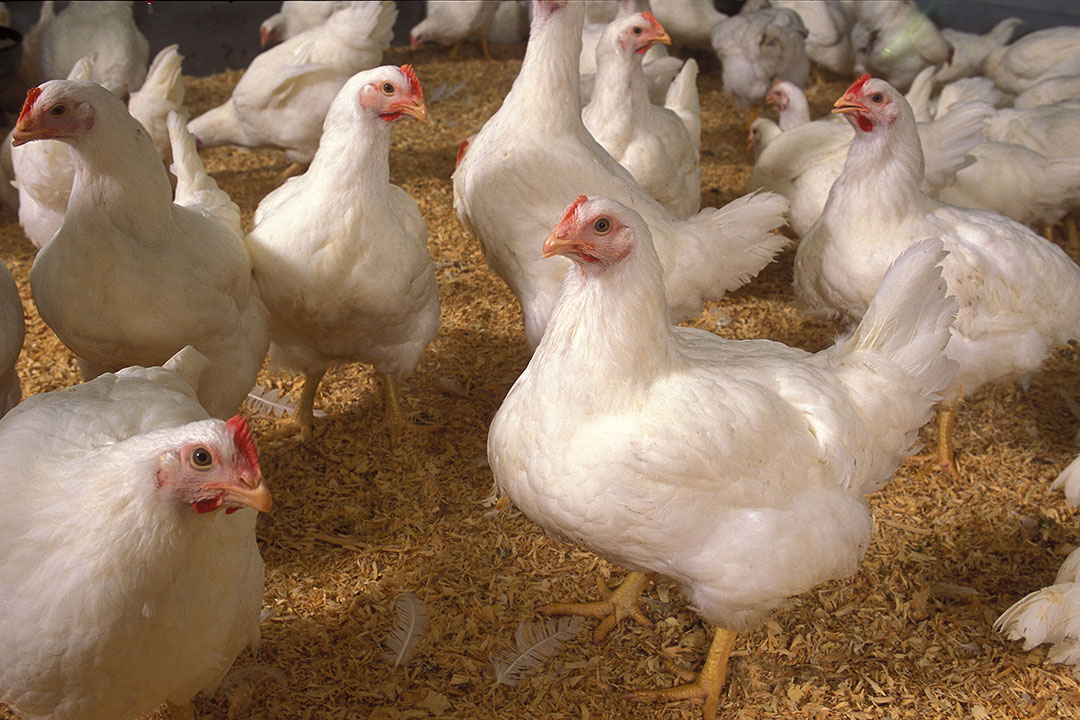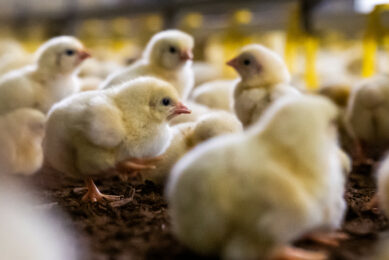Cutting costs by Campylobacter control

Campylobacter is a food safety hazard and one of the leading causes of acute diarrhoeal disease in humans in world. Infected broiler meat is a common source of Campylobacteriosis. Therefore, it is relevant to control Campylobacter on broiler farms.
A number of interventions have been proposed to control Campylobacter risk factors on broiler farms and the cost-effectiveness ratio of such interventions has been estimated in a number of studies. Examples of interventions with cost-effectiveness ratio studies include: improved hygiene with additional hygiene barriers, building new farm houses, applying drink nipples without a cup, slaughter at 35 days, use of new slaughter technology, applying vaccination and phage therapy.
Probiotics to control Campylobactor
Use of probiotics, prebiotics, or synbiotics could also be a good intervention strategy to control Campylobacter in broilers. The use of probiotics aims to create competition between species that are naturally present in the intestinal flora of broilers and thus both exclude and suppress colonisation of birds with Campylobacter. In the literature the results of the effects of probiotics on intestinal Campylobacter load and prevalence in broilers are not conclusive. Many factors, varying from experimental design, the level of Campylobacter contamination, application and dosage of the probiotic product, influence results. Nevertheless application of probiotics is gaining momentum.
It is likely that Campylobacter infections in broilers to some extent can be controlled by administering probiotics. In a recent Farm Accountancy Data Network survey in the Netherlands approximately 40% of broiler farmers indicated to have used probiotics in one form or the other in 2018. These farmers started using probiotics to improve gut health and decrease the risk of broiler illnesses using less antimicrobials, as required by Dutch law. Probiotics are easy to administer under commercial conditions. However, the cost-effectiveness ratio of using probiotics to control Campylobacter infections in broilers has not yet been estimated in literature.
Cost-effectiveness of probiotics
Therefore, in this study the cost-effectiveness of probiotics use to control Campylobacter infections in broilers was estimated. Because the efficacy of probiotics on Campylobacter prevalence is uncertain, the on-farm relative risk of Campylobacter infections in broilers when using probiotics was varied to determine the cost-effectiveness ratio as function of efficacy. The simulation study was conducted with data from Denmark, the Netherlands, Poland, and Spain. The cost-effectiveness ratio was defined as the estimated costs of probiotics, prebiotics, or synbiotics use divided by the estimated public health benefits expressed in euros per ‘avoided disability-adjusted life year’. The model considered differences between the countries in zootechnical and economic farm performance, in import, export, and transit of live broilers, broiler meat and meat products, and in disease burden of Campylobacter-related human illness. In Poland and Spain, using probiotics can be classified as a moderately expensive intervention if efficacy is more than 10%. In the Netherlands and Denmark, using probiotics is a relatively expensive intervention irrespective of efficacy. However, if probiotics, prebiotics, or synbiotics were assumed to enhance broiler performance, it would become a relatively cost-effective intervention for Campylobacter even at low efficacy levels of 1 to 10%. Simulation results revealed that the costs per ‘avoided disability-adjusted life year’ were lowest in Poland and Spain (€ 4,000–30,000) and highest in the Netherlands and Denmark (€ 70,000–340,000) at an efficacy ranging from 10 to 20%.
Authors:
C. P. A. van Wagenberg, P. L. M. van Horne, and M. A. P. M. van Asseldonk, Poultry Science







